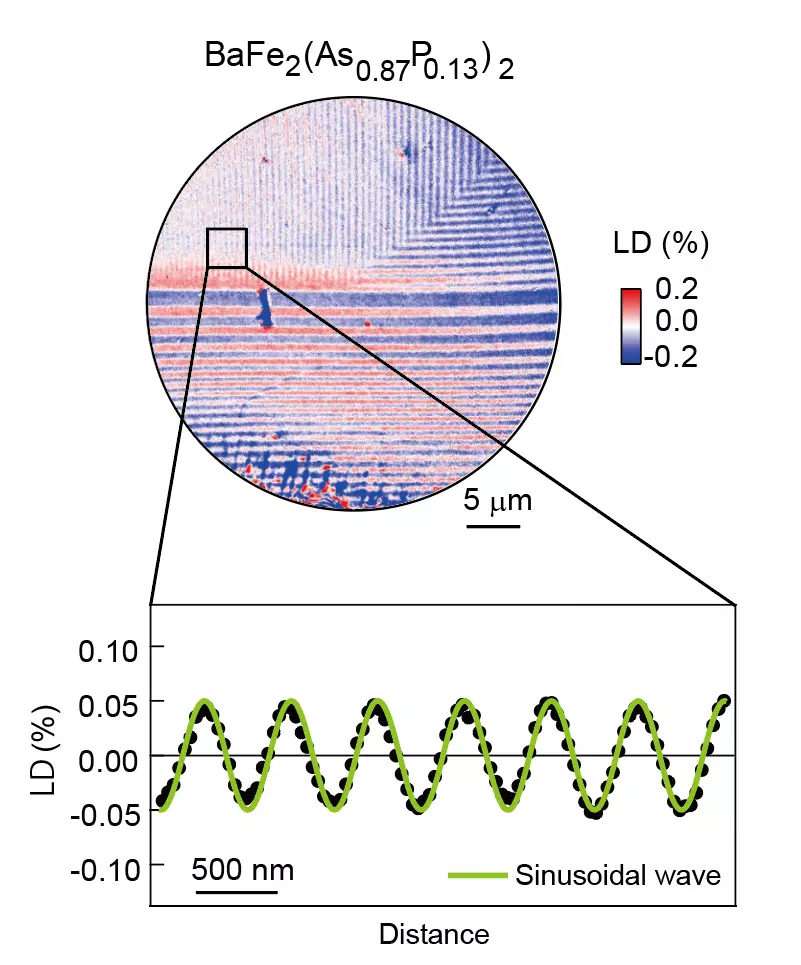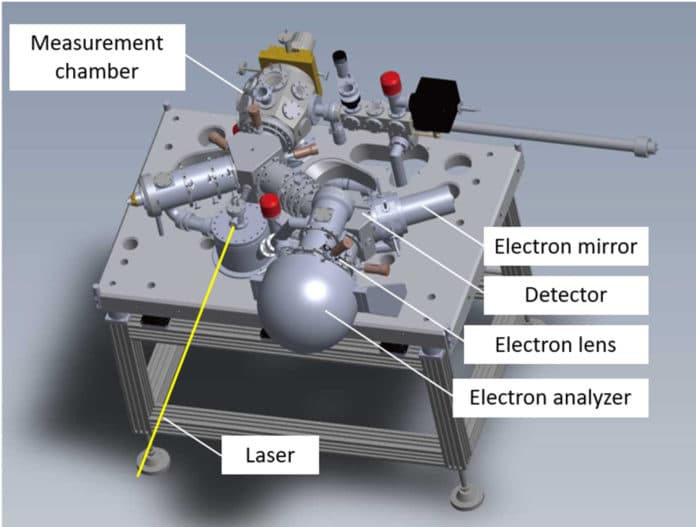Understanding the phenomenon of superconductivity, especially electronic conduction without the resistance that creates heat and drains power, is the long-standing dream of solid-state physicists. Scientists need to explore many complex topics that surprise scientists with unexpected results and observations.
While studying the way electrons behave in iron-based superconducting materials (IBSCs), scientists at the University of Tokyo observed a strange signal relating to the way electrons are arranged. Scientists called this new arrangement of electrons a nematicity wave.
This nematicity wave is expected to help scientists understand the interaction of electrons in superconductors.
Professor Shik Shin from the Institute for Solid State Physics at the University of Tokyo said, “IBSCs show much promise as they could work at higher temperatures than some other superconducting materials, which is an important concern. They also use less exotic material components so they can be easier and cheaper to work with. The material needs to be cooled down to several hundreds of degrees below zero to activate a sample’s superconducting ability. And interesting things happen during this cooling process.”

“As IBSCs cool down to a certain level, they express a state we call electronic nematicity. This is where the crystal lattice of the material and the electrons within it appear to be arranged differently depending on the angle you look at them, otherwise known as anisotropy. We expect the way electrons are arranged to be tightly coupled to how the surrounding crystal lattice is arranged. But our recent observation shows something very different and quite surprising.”
Using a technique called laser-PEEM (photoemission electron microscopy), scientists visualized IBSCs on the microscopic scale. They expected to see a familiar pattern that repeats every few nanometers (billionths of a meter). And sure enough, the crystal lattice did show this pattern. But to their surprise, the team found that the pattern of electrons was repeating every few hundred nanometers instead.
The study results could open the door to theoretical and experimental explorations into something fundamental to the phenomenon of superconductivity.
Shin said, “Next, I hope we can work with theoretical physicists to further our understanding of nematicity waves. We also wish to use laser-PEEM to study other related materials such as metal oxides like copper oxide. It may not always be obvious where the applications lie, but working on problems of fundamental physics fascinates me.”
Journal Reference:
- T. Shimojima, Y. Motoyui, T. Taniuchi, C. Bareille, S. Onari, H. Kontani, M. Nakajima, S. Kasahara, T. Shibauchi, Y. Matsuda, S. Shin, “Discovery of mesoscopic nematicity wave in iron-based superconductors,” Science: September 3, 2021, DOI: 10.1126/science.abd6701
